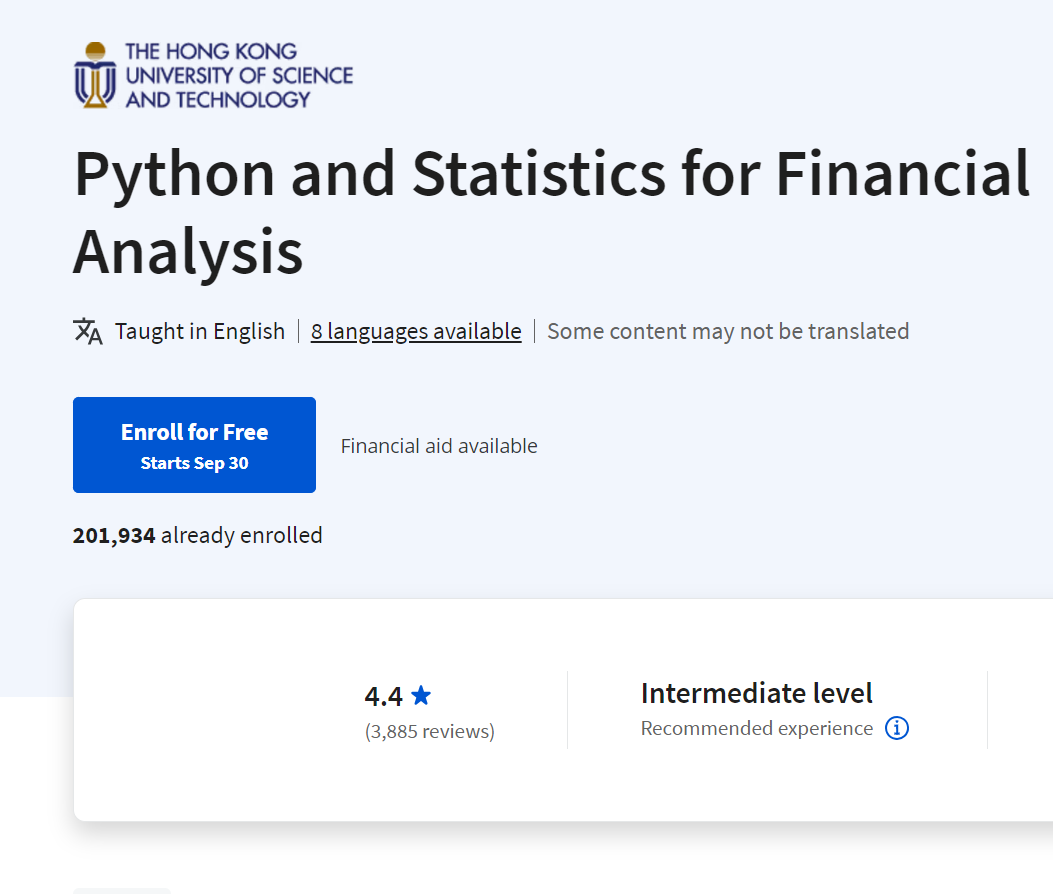The above code provided is creating two sets, st1 and st2, and then using the - operator to find the difference between st2 and st1. The - operator in this context performs a set difference operation, which returns a new set containing the elements that are in st2 but not in st1.
Here's the step-by-step breakdown of the code:
st1 is a set containing the elements {1, 2, 3}.
st2 is a set containing the elements {2, 3, 4}.
st2 - st1 calculates the set difference between st2 and st1.
The result of st2 - st1 will be a new set containing the elements that are in st2 but not in st1. In this case, it will be {4}, because 4 is in st2 but not in st1.
So, when you run the code, it will output: 4

.png)



















s.PNG)

























